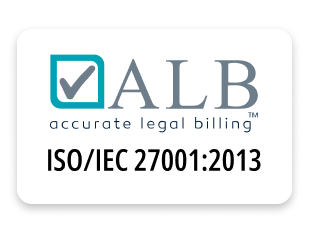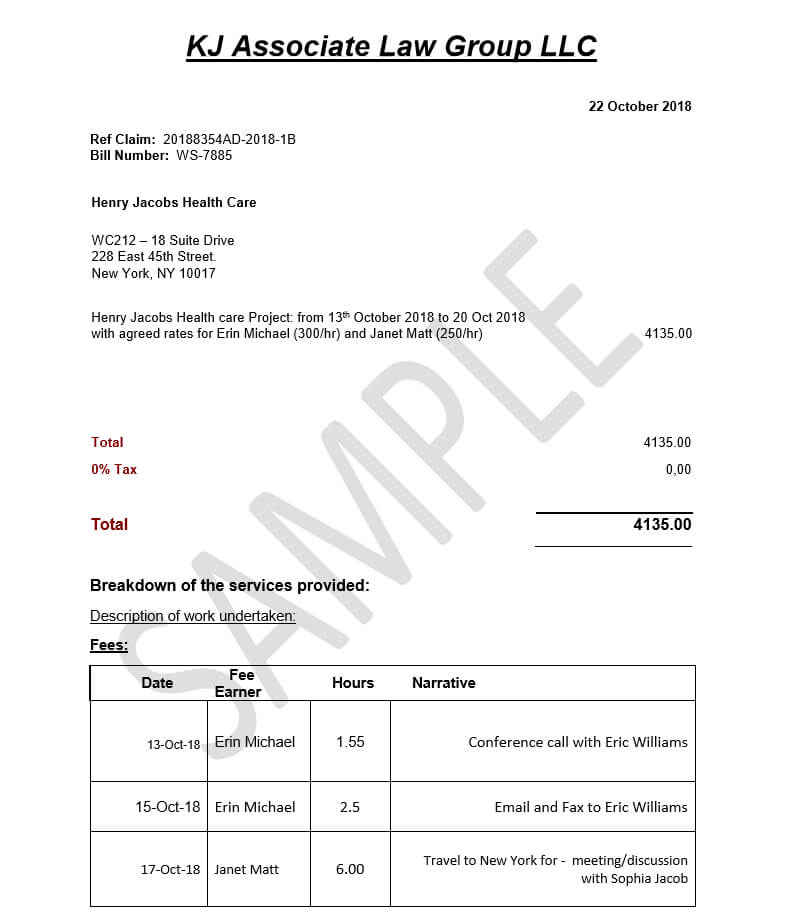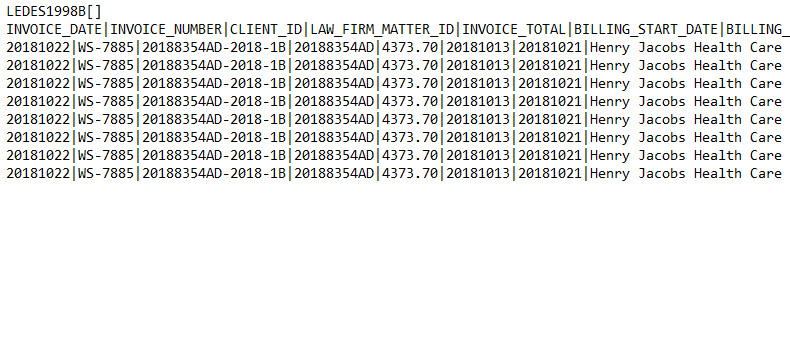
E-Billing Submission Services
Electronic billing, commonly known as e-billing, has revolutionized the way organizations handle invoicing and payment processes. It involves the digital transmission of invoices, replacing traditional mail, and utilizes digital formats such as emails, online portals, XML, and EDI (Electronic Data Interchange).
The main goal of e-billing is to facilitate seamless communication of billing information between businesses and customers, leading to faster transactions and better cash flow management.
What Are the Key Components of E-Billing?
An electronic bill typically includes the invoice date for tracking payment timelines, a clearly stated amount due, and the due date for managing cash flow. It also features a detailed description of goods/services to minimize disputes, clear payment instructions with links to payment gateways, customer information for easy reference, and a unique invoice number for effective organization and record-keeping.
How E-Billing Works?
The e-billing process can be broken down into several key steps:
Step 1: Data Collection
The system gathers necessary billing data from accounting software or ERP systems. This may include customer details, transaction history, service descriptions, and pricing information.
Step 2: Bill Generation
Using predefined templates, the system generates an electronic invoice that reflects all necessary components (as outlined above). Many e-billing platforms such as ALB’s AI power legal billing software ensure compliance with legal billing guidelines.
Step 3: Bill Delivery
The e-bill is sent to the customer via email or through a secure online portal. Some systems also offer SMS notifications for added convenience, ensuring that customers are promptly informed about their billing status.
Step 4: Payment Processing
Customers can review their bills and make payments using various electronic methods, including credit/debit cards, ACH transfers, or third-party payment processors. The availability of multiple payment options enhances customer convenience. Businesses can avail services like ALB’s automated bill review system which spots errors in line entries (block billing, duplicate line entries, mathematical errors) as well as non-compliance with the clients' billing guideline.
Step 5: Notifications
Automatic reminders are sent if payments are not received by the due date. These notifications can be customized based on different tones depending on the nature of the customer relationship—friendly reminders for loyal customers versus more urgent notifications for overdue accounts.
Implementing E-Billing Services
Law firms should consider the following steps for the successful implementation of ebilling services:
E-billing solutions provide clear benefits by making operations smoother and improving customer relationships through better transparency. As small and mid-size law firm businesses understand these advantages and keep up with technology, the move towards electronic billing will keep growing in various industries.
If you want to learn more about how e-billing can help your organization or how to integrate it with your current software, connect with us now.

.png)



